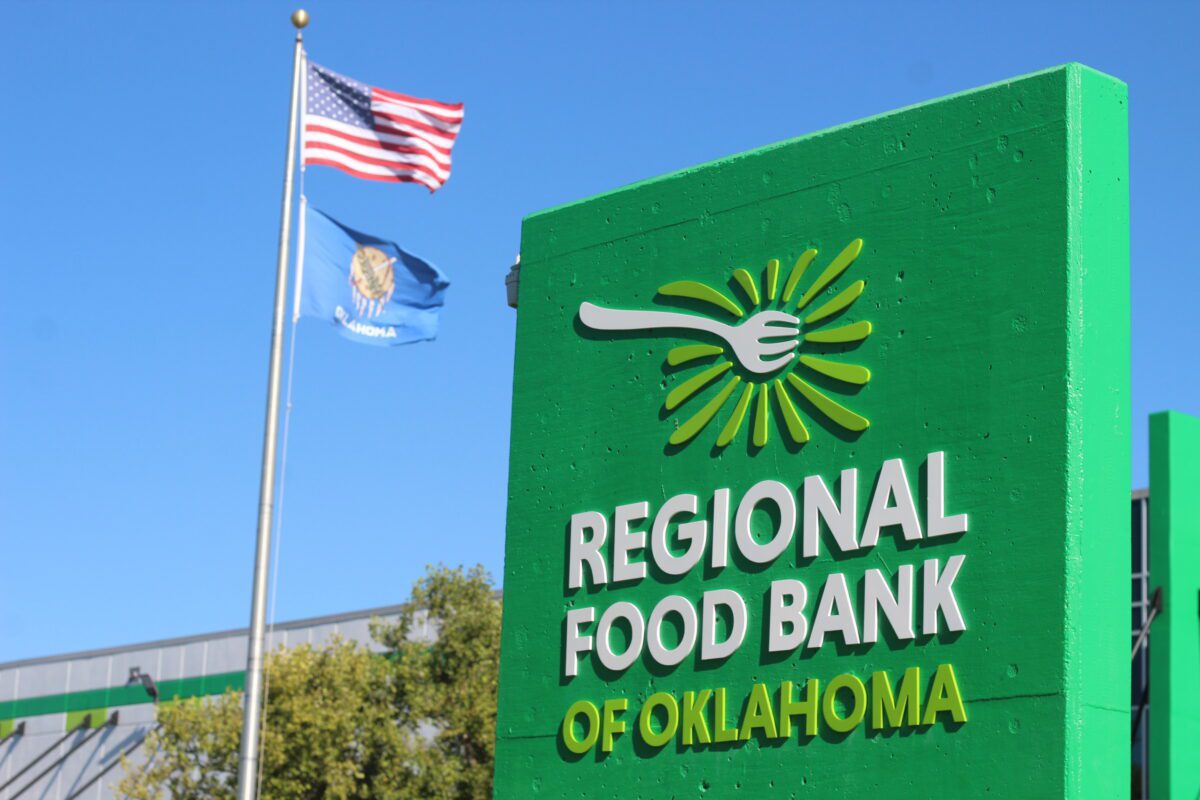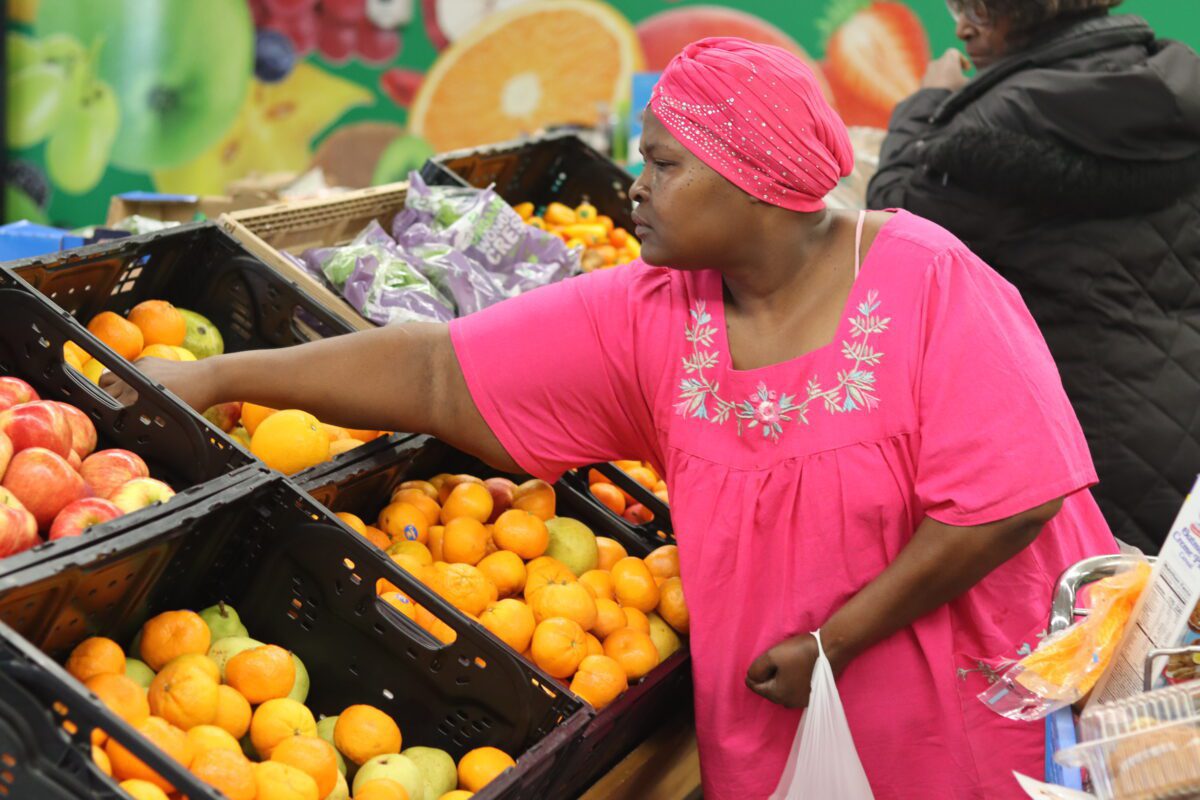When you picture a desert, it’s usually a hot, dry and desolate place with no water, smack dab in the middle of nowhere. What many don’t know is that there are actually deserts right here in Oklahoma — ones that have buildings and trees and are full of people. They are called food deserts, and like more traditional deserts, people might have to travel for miles and miles before finding sustenance to fulfill their nutritional needs.

According to the Feeding America Network, 745,000 Oklahomans are living with food insecurity. That’s 18% of the state, and many among them are living in food deserts.
“Food deserts are areas where people do not have access to a full array of healthy food and groceries to buy for themselves and their families,” says Chris Bernard, president and CEO for Hunger Free Oklahoma, a state-wide organization dedicated to solving the issue and finding solutions to hunger, ensuring all Oklahomans have access to affordable, nutritious food.
Food deserts, he mentions, aren’t always obvious, because an area may have convenience stores and fast food places nearby. However, these establishments don’t ‘count’ when coming up with criteria for a food desert. A food desert is, in fact, defined by the amount of time or distance that someone is from a grocery store that sells produce and other groceries, adds Austin Prickett, director of communications at the Regional Food Bank of Oklahoma. The entity serves 53 counties in central and western Oklahoma.
The USDA identifies a food desert as a low-income area where a significant portion of residents in an urban area live more than a mile from a supermarket or large grocery store, or more than 10 miles in rural areas.
“Most of north Tulsa is a food desert still,” Bernard says. “Large swaths of west Tulsa, northeast Oklahoma City, though it’s open to grocery stores recently, still has areas that are food deserts based on the USDA’s definition. And most of rural Oklahoma — we have whole counties that are food deserts, but almost every county in western Oklahoma has a food desert in it.”
Access to nutritious food is the key, and organizations like Hunger Free Oklahoma and the Regional Food Bank of Oklahoma are working to establish partnerships that can change the landscape and lead to pathways of self sufficiency for people facing hunger.

“We have 1,300 partners across our area,” Prickett says. “They could be churches, schools, any organization. We’re looking for partners that can serve as our boots-on-the-ground in their community. We drive the food to our partners and they distribute it to the people who need it. We’re making deliveries every day of the business week.”
Through those efforts, Regional Food Bank of Oklahoma distributes, on average, 50 million pounds of food each year.
Hunger Free Oklahoma’s approach, Bernard says, is leveraging the largest resource pool that exists to address hunger: the federal nutrition program.
“That includes SNAP, WIC, school meals, after-school meals and summer meals,” Bernard says. “We run the Double Up Oklahoma program, which matches SNAP dollars, dollar for dollar, with a benefit that’s only good to go towards fresh produce. I think we’re one of the largest nutrition incentive programs in the country.”
Main image cutline: Hunger Free Oklahoma’s mission is to solve the hunger issue in-state by finding solutions to ensure all Okies have access to quality nutrition. Photo courtesy Hunger Free Oklahoma






















